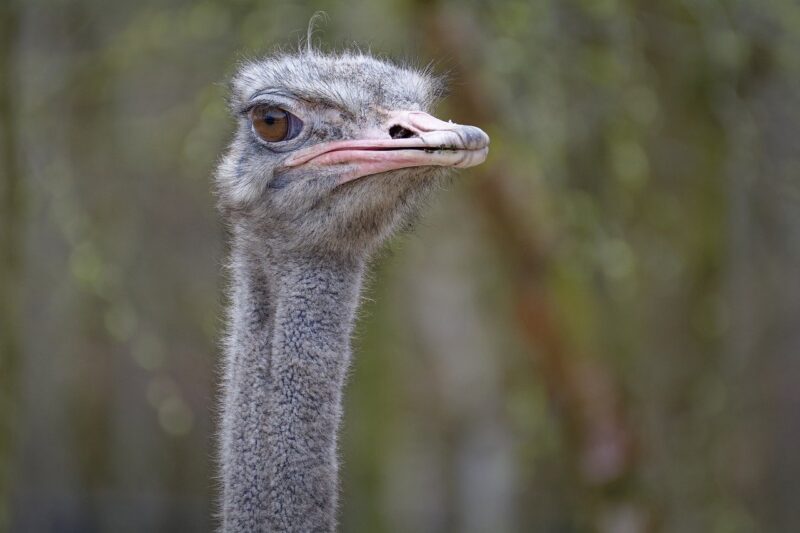The Role of Zoos in Educating People About Environmental Conservation
November 12, 2024

Zoos have long been viewed as places of entertainment, with families flocking to see exotic animals and enjoy a day out. However, their role extends far beyond entertainment; they serve as crucial platforms for education and awareness regarding environmental conservation. In an age where wildlife species are increasingly threatened due to habitat loss, climate change, and human encroachment, zoos play an essential part in informing and engaging the public about the significance of preserving our planet’s biodiversity.
Understanding Biodiversity: A Foundation for Conservation
Biodiversity refers to the variety of life on Earth, encompassing everything from the smallest microorganisms to the largest mammals. Zoos have a vital role in showcasing biodiversity, serving as living examples of the rich tapestry of life that populates our planet. Education programs in zoos help visitors understand the importance of every species and how they fit into ecosystems.
By seeing animals up close, people are more likely to recognize their uniqueness and the threats they face in the wild. For example, a visitor learning about the critically endangered Amur leopard at a zoo can gain insight into habitat loss due to illegal logging and poaching. This firsthand experience can inspire visitors to support conservation efforts and advocate for policies aimed at protecting these animals in their natural habitats.
Educational Programs and Workshops
Zoos often organize educational programs, workshops, and guided tours designed to engage visitors of all ages. These programs not only educate participants about various animal species but also address the broader topics of environmental conservation and habitat preservation.
For example, many zoos offer interactive learning experiences where visitors can participate in feeding sessions, behind-the-scenes tours, and animal encounters. These experiences create a deeper emotional connection between attendees and the animals, fostering a sense of responsibility toward their conservation.
Moreover, many zoos collaborate with schools to develop curricula that incorporate environmental education, making learning more engaging and fun. By reaching students at a young age, zoos can instill a passion for wildlife conservation that lasts a lifetime and empowers the next generation of environmental stewards.
Conservation Programs and Research
Beyond education, modern zoos are heavily involved in various conservation initiatives and research projects. Many zoos participate in the Species Survival Plan (SSP), which aims to protect endangered species through breeding programs, habitat restoration, and rehabilitation efforts. These programs not only help stabilize declining populations but also provide invaluable data for scientists studying animal behavior and genetics.
Zoos often engage in field research and collaborate with wildlife conservation organizations. By providing funding and expertise, they support habitat preservation and anti-poaching efforts in countries where these species are native. This vital work underscores the interconnectedness between zoos and global wildlife conservation efforts.
An example is the work done by the San Diego Zoo Global, which has contributed millions of dollars toward field conservation projects worldwide, including initiatives focused on the protection of elephants and rhinos. These efforts demonstrate the profound commitment zoos have to promoting biodiversity and environmental sustainability, directly impacting conservation efforts in the wild.
Advocacy and Community Outreach
Zoos are powerful advocates for environmental conservation. Through various outreach programs, they raise awareness about pressing environmental issues and encourage communities to engage in sustainable practices. This often involves workshops, public talks, and community events that focus on promoting eco-friendly habits, such as recycling, reducing single-use plastics, and conserving water.
Additionally, many zoos partner with local communities to address specific conservation challenges. This partnership fosters a sense of collective responsibility and highlights how local actions can contribute to global conservation efforts. For instance, a zoo might host a beach cleanup event, emphasizing the impact of plastic pollution on marine wildlife.
Zoos also take advantage of social media platforms to spread their message beyond their geographic boundaries. By sharing compelling stories, images, and videos of animal conservation projects and success stories, they can attract a global audience and inspire individuals to participate in conservation efforts no matter where they are located.
The Emotional Connection: Inspiring Action
One of the most significant aspects of zoos in education is their ability to create an emotional connection between visitors and animals. This connection often leads to a desire for action, motivating individuals to take steps, both small and large, toward conservation. Whether it’s adopting an animal symbolically, donating to a conservation fund, or participating in a local conservation initiative, the emotional bond fostered at the zoo can trigger real change.
As people become more engaged with wildlife, they are more likely to support policies that protect endangered species and promote environmental stewardship.
So, the role of a zoo extends beyond mere entertainment; it cultivates a generation of informed citizens who recognize the importance of wildlife conservation. The culmination of educational initiatives, research efforts, and advocacy work creates a powerful ecosystem of knowledge and action that supports environmental conservation.
Conclusion: The Way Forward
In conclusion, zoos play a critical role in educating people about environmental conservation and protecting wildlife. They serve as educators, researchers, advocates, and emotional connectors for the public. As we face an escalating environmental crisis, the mission of zoos to inspire and educate people about wildlife preservation is more important than ever.
By viewing zoos as not merely entertainment venues but as vital educational hubs, we can work together more effectively toward a sustainable future, ensuring that our planet’s biodiversity is cherished, protected, and preserved for future generations. The commitment of zoos to these efforts can bridge the knowledge gap and motivate individuals to take meaningful action toward preserving the incredible diversity of life that exists on our planet.







